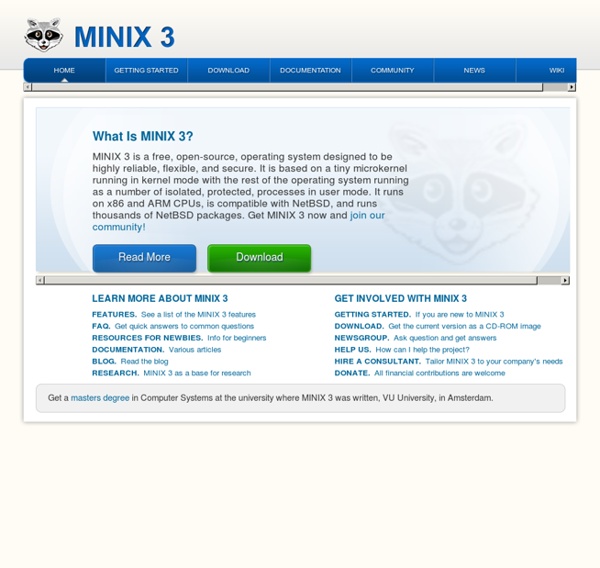



News Today marks the tenth anniversary of the first release of Syllable Desktop, then plainly called Syllable 0.4.0. The original website and announcement are gone, and many other circumstances of the time have changed quite dramatically. We are happy that Syllable is still here - which, judging by comparable ventures, is a feat to be proud of. We would like to celebrate by presenting the port of most of the Enlightenment E17 graphics stack to Syllable Desktop. The screenshot shows a 3D animation in the Evas canvas engine. (It shows tearing because the animation runs close to full speed and Syllable does not lock the display when making a screenshot. The Enlightenment Foundation Libraries constitute a cross-platform application framework, from a graphics engine up to a widget set and a desktop environment. The Evas canvas is a scene graph rendering engine. On top of the canvas engine is the Edje layout engine. Enlightenment is an integrated stack.
Services Guide for Windows XP Services Guide for Windows XP [Click Here to Skip My Opening Drivel and Get to the Services] When I first sketched out the rough draft of what I wanted to include in The Elder Geek I wasn't going to have a section dealing with Services. There are a ton of sites out 'there' that go into excruciating detail on how to extract the last ounce of performance by fiddling with the default XP services. Frankly, I don't recommend you change any of the services from the default installation of XP. What are services? There are two ways to view Services on your computer. Looking at the Services window you can see it has columns for Name, Description, Status, Startup Type and Log On As. The table below illustrates how I've set up the information for each service. Microsoft has assigned what they call a Display Name to each service. Service Name - The name the service is actually called. If you are looking for information on one particular service, use the alphabetical listing of services below.
Haiku MenuetOS TCP Optimizer / Downloads SG TCP Optimizer TCP Optimizer 4 (latest stable release that works with Windows XP, 7, 8, 8.1, 10, 2012 Server, etc.) Details: The TCP Optimizer is a free, easy Windows program that provides an intuitive interface for tuning and optimizing your Internet connection. There is no installation required, just download and run as administrator. The program can aid both the novice and the advanced user in tweaking related TCP/IP parameters in Windows, making it easy to tune your system to the type of Internet connection used. The TCP Optimizer is targeted towards broadband internet connections, however it can be helpful with tuning any internet connection type, from dialup to Gigabit+ :) It is completely free, requires no installation, and has been downloaded over 8 Million times. If you need help with the program, check the TCP Optimizer documentation, read our broadband tweaking articles, the Optimizer FAQ, and/or visit our Forums. SG Windows 7 / Vista / 2008 Misc Downloads
Tour | SkyOS Submitted by Robert Szeleney on Fri, 2006-01-13 08:29. Welcome to the SkyOS tour! Try SkyOS now! Video showing SkyOS in action This tour will give you general information about SkyOS and its available applications in every software category. You will see screenshots from beta3 - beta8 (booting SkyOS) Windows XP Commands